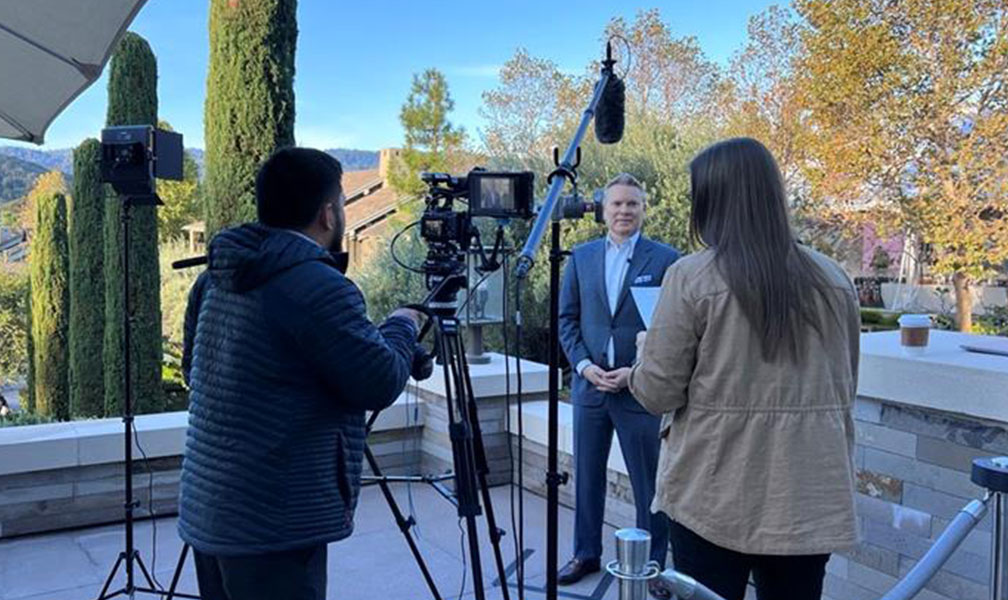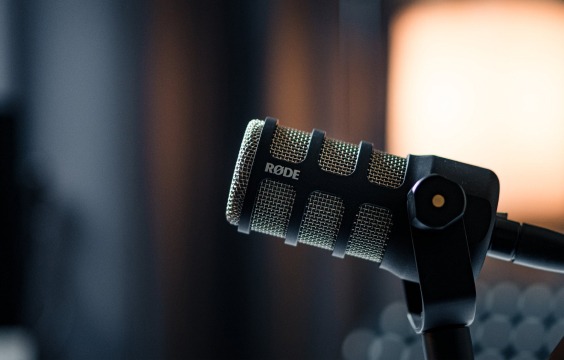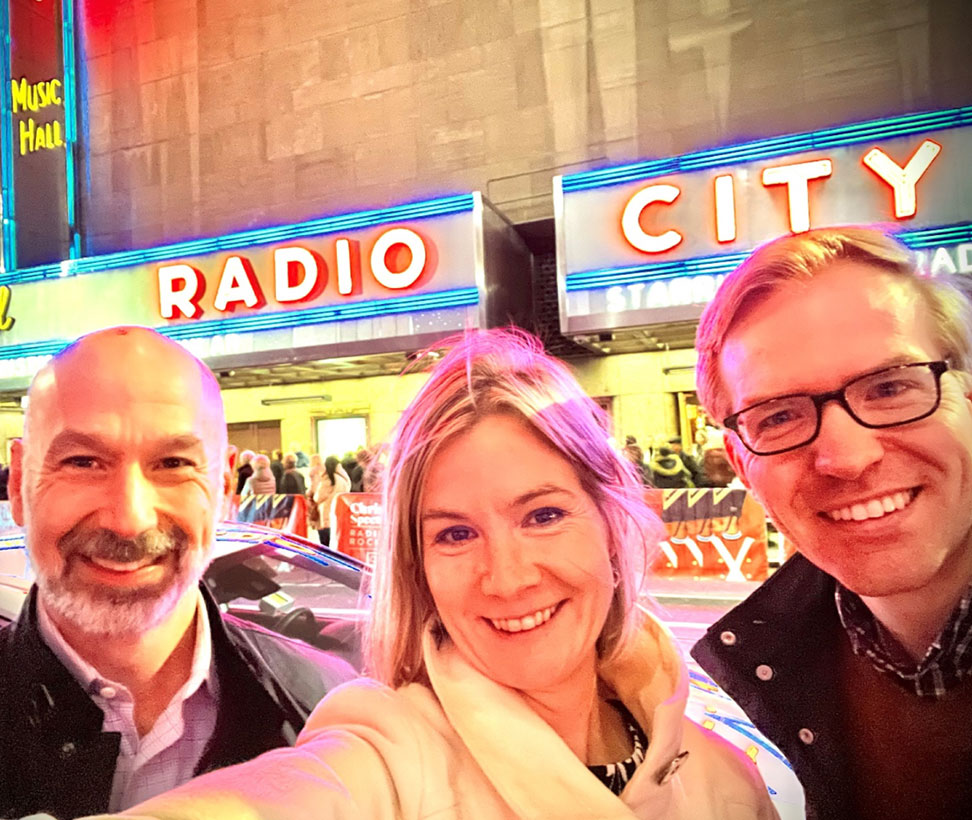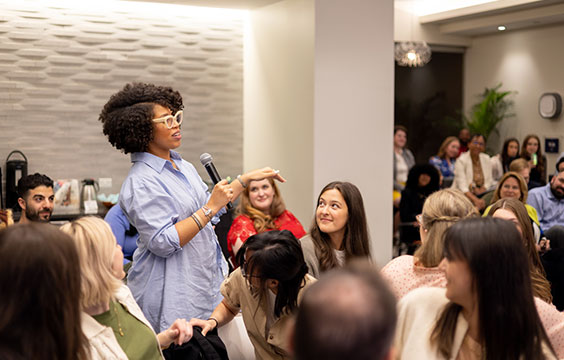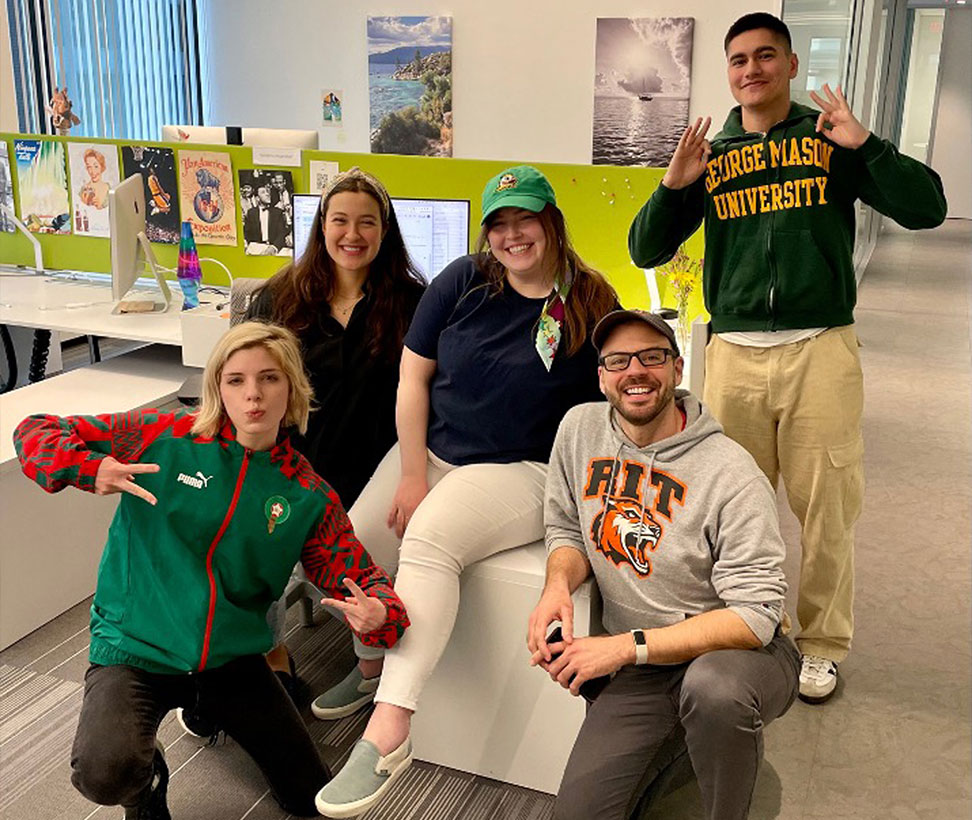Leveraging Data and Behavioral Science to Engage Conservative Americans

The foundation is nonpartisan and its messages must appeal to everyone. But national research indicated that right-of-center individuals were souring on higher education. The funder was interested in ensuring it could reach and engage these conservatives at the same levels as those who were independent or left-of-center. Our team had a strategy for determining the extent to which the foundation would need to vary its messages to ensure it could reach conservatives who might be tuning out.
The Challenge
Leveraging a combination of advanced data analytics and theories of behavioral science, we:
a) developed a model of conservatives open to the foundation’s objectives,
b) tailored messaging specific to more than a dozen personas within this group,
c) incorporated behaviorally informed nudges within those messages, and then
d) reached them through microtargeting strategies.
The Solution
01\

Precision Polling, Audience Analytics & Issue Mapping
To get at the heart of how conservatives feel about higher learning, our team commissioned a poll of Americans after the 2018 midterm election. The results were then modeled against an existing data set of 10,000 other American attributes—using AI-powered data analytics technology—to build 16 consumer intelligence profiles.
We then mapped the issues of importance to these 16 profiles to the foundation’s core messages. For example, for one audience profile—that consisted of politically active, center-right Republicans who are skeptical about college but care deeply about healthcare—we developed content that spoke to the need for more trained nurses to make healthcare more accessible and affordable.
02\

Merging Data & Behavioral Science
Our team’s data model gleaned key insights about the 16 profiled audiences’ beliefs and behaviors—and to create messaging that truly moved these audiences to engage with the foundation’s core messages, we brought in behavioral science research.
Our behavioral science team collaborated with our research partner Dr. Neil Lewis, Assistant Professor of Communication and Social Behavior at Cornell University, to identify insights from academic research to integrate into our digital and social ad copy and visual content. For us, this is the essence of data and behavioral science.
03\

Test, Analyze, Repeat
As the campaign evolved, we optimized the ads in real-time, leveraging performance insights with on-the-ground knowledge from the foundation and the firm’s own political research.
However, no science is complete without rigorous testing. Where others simply optimize their campaigns, we implemented a methodology that tested the 16 profiled audiences against a control group to determine the effectiveness of the approach.
Through this testing, we were able to determine that the data models had a 10% higher engagement rate compared to the control group. Our team also learned that the impact of the behavioral nudges was not as significant as those of the data models by themselves. But combined (data and behavioral), the approach outperformed previous engagements by over three-fold.
